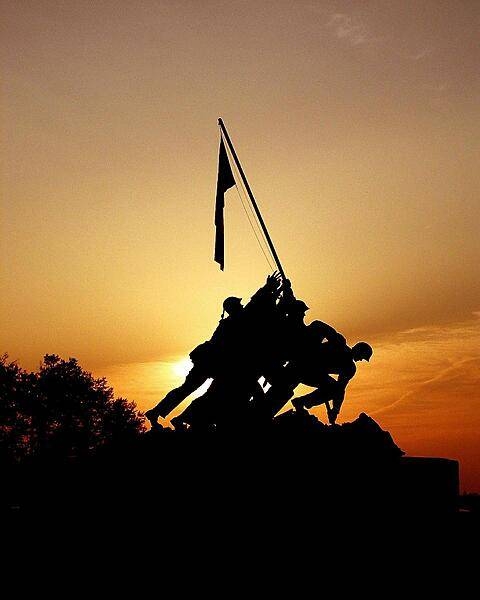State Drone Laws

The Marine Corps War Memorial in Washington, DC.
Photo courtesy of the CIA World Factbook
Last updated on October 29, 2025
The US Constitution – Amendment X (1791) states that “The powers not delegated to the United States by the Constitution, nor prohibited by it to the States, are reserved to the States respectively, or to the people.”
The National Conference of State Legislatures (NCSL) follows the legal landscape of drones.
NCSL, founded in 1975, represents the legislatures in the states, territories, and commonwealths of the US.
Its mission is to advance the effectiveness, independence, and integrity of legislatures and to foster interstate cooperation and facilitate the exchange of information among legislatures.
NCSL also represents legislatures in dealing with the federal government, especially in support of state sovereignty and state flexibility and protection from unfounded federal mandates and unwarranted federal preemption.
Local Ordinances for some states may have been published in search engines such as American Legal Publishing and Municode Library.
US Government Accountability Office (GAO) provides Congress, the heads of executive agencies, and the public with timely, fact-based, non-partisan information that can be used to improve government and save taxpayers billions of dollars.
Their work is done at the request of congressional committees or subcommittees or is statutorily required by public laws or committee reports, per their Congressional Protocols.
Drone Operations may be of interest to UAS Operators.
2023 – Drones: FAA Should Improve Its Approach to Integrating Drones into the National Airspace System
In the near future, Advanced Air Mobility services could fill the skies with small, highly automated aircraft that can take off and land vertically with or without a pilot onboard.
A number of issues need to be addressed by industry and the federal government to make this a reality.
These steps include FAA approval of new aircraft designs, construction of landing and other ground infrastructure to charge and service this aircraft, and development of training and certification standards for pilots and technicians.
2025 – US states collaborate on advanced air mobility
NASAO – National Association of State Aviation Officials – AAM Multistate Collaborative is an initiative of state government agencies or instrumentalities focused on the role of states in the development and integration of AAM into the US NAS – the Collaborative serves as a forum for states to discuss state-level policies and infrastructure needed to support AAM operations, with expert contributions from a variety of private sector stakeholders across this growing sector of the aviation industry
List of consensus papers written by the collaborative:
Overview of the Collaborative and Role of the States
Utilizing Public General Aviation Airports for Advanced Air Mobility
Key Considerations of Physical and Digital Infrastructure and Exploring Minimum Service Levels
Policy Harmonization Across the States

